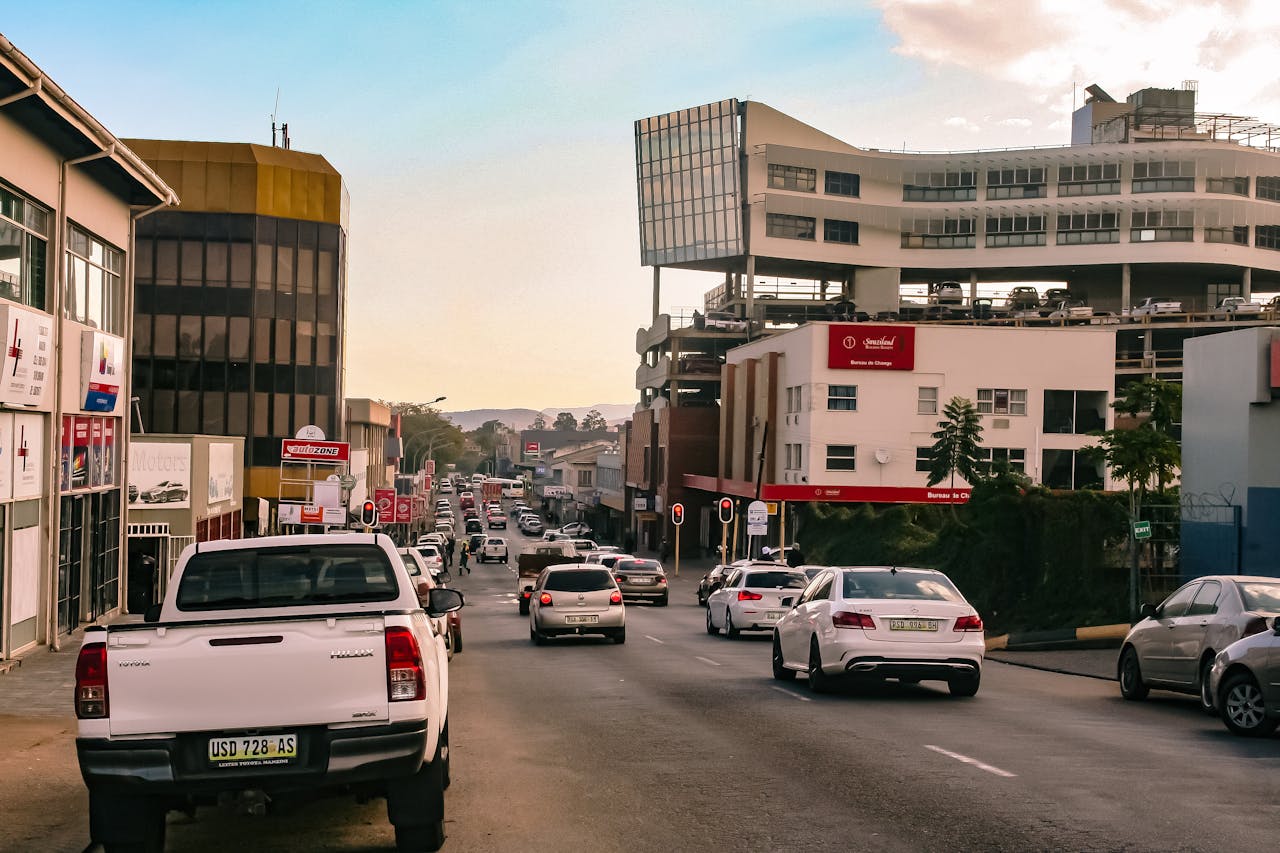Stay safe behind the wheel with these 10 essential driving tips tailored for navigating Eswatini’s roads. A must-read for Swazi drivers.
Driving in Eswatini? Here’s What You Need to Know
Whether you're a local motorist, a new driver, or a tourist exploring the Kingdom of Eswatini, knowing how to safely navigate the country's roads is crucial. From winding rural routes to bustling urban streets, Eswatini offers a unique driving experience that demands awareness, patience, and preparation.
At Cartsenga.com, your go-to destination for Swaziland automotive news, we’ve compiled 10 essential tips to help you drive confidently and safely—whether you’re headed to Mbabane or the scenic mountains of Piggs Peak.
1. Always Drive on the Left Side
In Eswatini, like many other Southern African countries, vehicles drive on the left. This may seem obvious to locals, but for foreign drivers or tourists renting cars, it's a crucial point. Take your time adjusting, especially at intersections and roundabouts.
“When in doubt, always keep left and overtake right.”
2. Watch Out for Livestock and Pedestrians
Many rural and semi-urban roads in Eswatini are frequented by cattle, goats, and even donkeys. These animals often roam freely and can unexpectedly cross roads. Additionally, pedestrians sometimes walk dangerously close to the edge of the roadway, especially in villages.
Tip: Reduce speed near settlements and stay alert—especially during early mornings and evenings.
3. Respect Speed Limits—Even on Open Roads
Speeding is a common cause of accidents in Eswatini. Typical speed limits include:
-
60 km/h in urban areas
-
80 km/h on rural roads
-
120 km/h on highways (if not otherwise posted)
Roads may be unmarked or affected by potholes, so adjust your speed according to conditions rather than posted limits alone.
4. Keep Your Car in Good Condition
Before embarking on long drives, especially through the Lubombo Mountains or remote areas, check:
-
Tyres (including the spare)
-
Brakes and lights
-
Engine coolant and oil levels
A breakdown in remote areas can be challenging. Make sure your car is roadworthy at all times. For more tips on maintenance, check out Cartsenga’s car care section.
5. Understand Local Road Signs and Symbols
Eswatini uses many international-standard road signs, but some signage may be faded or missing. Common signs to understand include:
-
Warning signs for animals or sharp curves
-
Yield (give way) signs
-
Speed bumps (often unmarked)
If you're unsure, drive defensively and expect the unexpected.
6. Avoid Night Driving When Possible
Night driving in Eswatini can be risky due to:
-
Poor street lighting
-
Animals on the road
-
Unmarked obstacles (e.g., potholes or broken-down vehicles)
If you must drive at night, use high beams responsibly, reduce your speed, and remain vigilant.
7. Always Carry Valid Documents
Whether you’re a local or visiting driver, you must carry:
-
A valid driver’s license
-
Vehicle registration documents
-
Proof of insurance
Police checkpoints are common and you may be asked to present these documents. Keep them handy and stay respectful during inspections.
8. Fuel Up Before Leaving Urban Areas
Fuel stations are widely available in towns like Mbabane and Manzini, but scarce in remote villages. Always:
-
Top up your tank before long journeys
-
Carry cash, as some rural stations may not accept cards
-
Save emergency numbers, just in case
9. Use GPS but Don’t Rely Solely on It
Navigation apps like Google Maps work well in Eswatini’s urban centers, but coverage can be limited in rural regions. Download offline maps and ask locals for directions when needed—they’re often very helpful.
“Technology is useful, but local knowledge can be lifesaving.”
10. Stay Informed and Plan Ahead
Road works, weather changes, or unexpected events can affect your travel. Before you head out:
-
Check weather forecasts
-
Browse Cartsenga.com for real-time travel tips and updates
-
Share your travel plans with someone
Planning ensures you stay safe and stress-free on the road.
Final Thoughts
Driving in Eswatini offers both beauty and challenges—from stunning valleys to narrow village roads. With the right preparation, awareness, and respect for local conditions, you’ll enjoy a safe and memorable journey.
At Cartsenga.com, we’re committed to keeping Swazi drivers informed and empowered. Bookmark our site for the latest in road safety, car reviews, and travel guides across the kingdom.
📢 We’d Love to Hear From You!
Have a driving story or tip to share? Drop your thoughts in the comments below!
Want more Swaziland travel guides? Explore our Driving Tips section!



